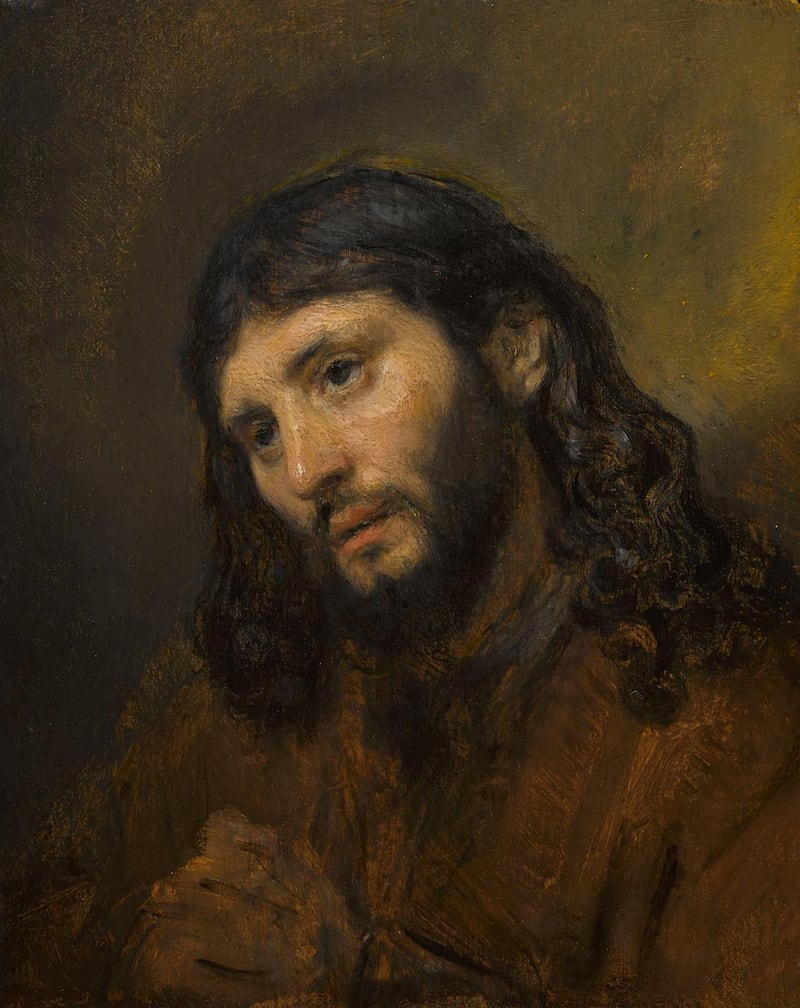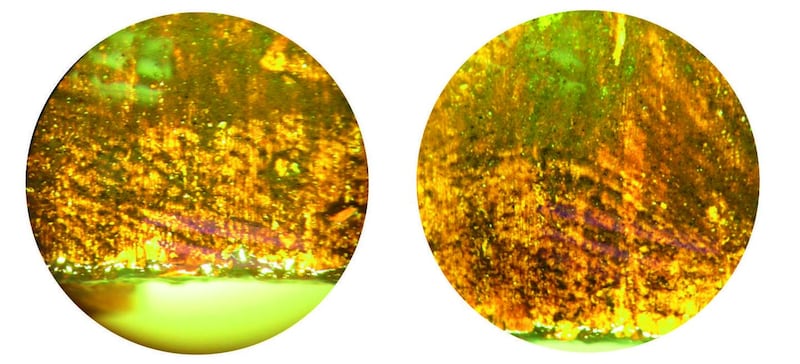He left no diaries or memoirs, and the majority of letters that exist from the Dutch master Rembrandt van Rijn were those pleading for patronage. From one of the most renowned Dutch artists of all time, his historical legacy is that of much uncertainty.
A century ago, almost 700 works were attributed to this painter, draughtsman and printmaker – today this has dropped to not much more than half. In 1995 the Metropolitan Museum of Art, in New York, went so far as to hold an exhibition titled Rembrandt Not Rembrandt – and still a number of experts do not agree on the authenticity of a number of his works.
The artist changed his name from Rembrant to Rembrandt – the addition of the D was a play on the Dutch words for "obstruct" (rem) and "light" (brandt); ironically, four centuries after the birth of one of the greatest portrait artists the mere mention of his name raises questions of authenticity.
In 2011, as part of the exhibition Rembrandt and the Face of Jesus, at the Louvre in Paris, one of the paintings, Study of a Head of a Young Man, an oil sketch on oak, underwent pigment analysis, dendrochronology – a dating process for wood – X-ray and infrared imaging to examine the work.
Experts who had previously worked at the Rijksmuseum, in Amsterdam, decided that “crucial facets of the painting securely positioned the work in Rembrandt’s oeuvre” – but also found two fingerprints on the bottom edge of the painting.


The fingerprints are on the original paint, not the varnish or overpaint, and according to one of the experts, Michel van de Leer, "As in other colour sketches by the artist, the work was also determined to have been executed in one sitting, a practice known at the time as 'ten eersten opmaken', or 'to complete the whole concept in one go', where additional colours and layers are hastily applied, even before the underlay has a chance to dry.
“Prone to smudging, the technique could only be accomplished by the most skilled of painters. Changes and retouches of the artist are recognisable yet give a certain dynamic. The discovery of the fingerprints is further testament to the speed with which the work was likely executed and provides fresh insight into Rembrandt’s complex but swift painting technique.”
It is impossible to tell whether these marks buried in the original layer of paint of this 17th-century oil sketch are indeed Rembrandt's, as there are no known records of his fingerprints to compare them with. But George Gordon of Sotheby's said: "The discovery of the marks in the original layer of paint along the lower edge makes their connection to the artist highly credible."
The highest auction price for a Rembrandt work was a pair of full-length wedding portraits: Pendant Portraits of Marten Soolmans and Oopjen Coppit. Purchased in 2017 for €152.8 million, they too were the subject of attention. After France and the Netherlands defused a potential bidding war, the two countries united to purchase the paintings together – a new concept.
The fingerprint masterpiece, Study of a Head of a Young Man, is said to date from around 1650, when the artist was so destitute that he transferred his mortgage to his 14-year-old son; in 1656, when city officials came to repossess his belongings, the inventory listed such eclectic items as four flayed arms and legs and 47 species of animal.
The estimate for the painting – the highlight of Sotheby’s auction on December 5th – was £6 million, or about €6.75 million. It sold for £9.5 million, or about €10.7 million.
Although experts attribute the fingerprints to the Dutch master, in truth only he will ever know – and his elusive legacy, like his name, continues to obscure the light.











